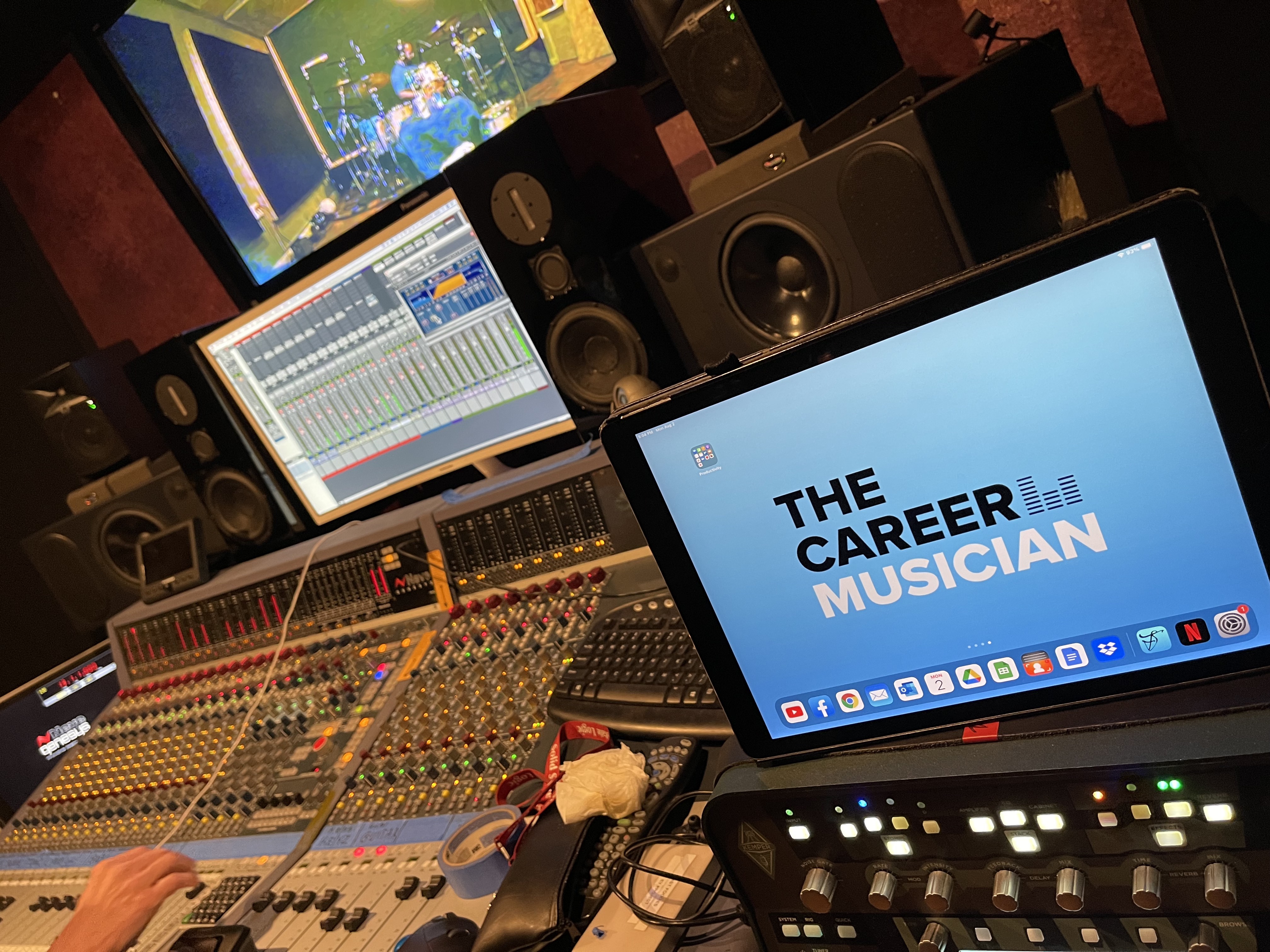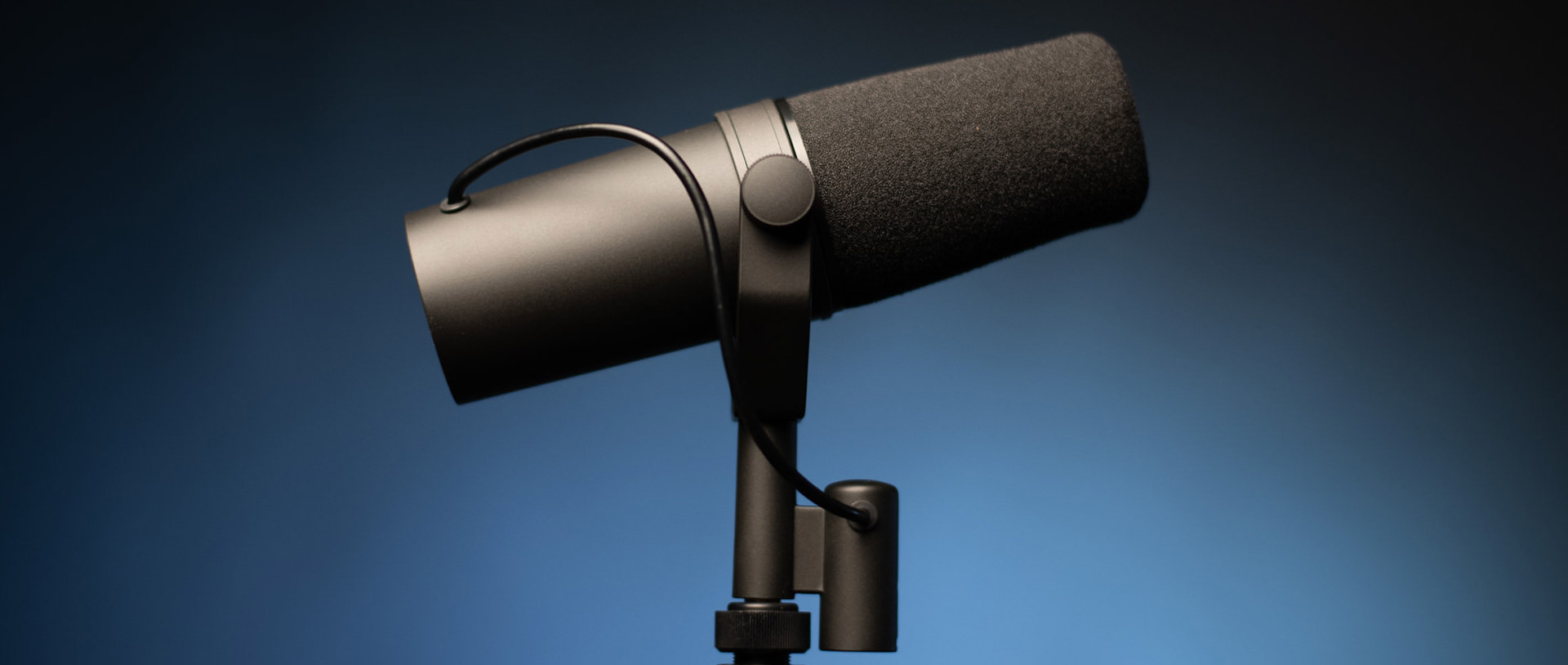Building A Home Recording Studio
Nov 05, 2021
GETTING STARTED
Not sure where to get started on building your home studio? Use this checklist to steer you in the right direction! Keep in mind that not every item on the checklist is 100% mandatory. The most important items are highlighted and overtime you can build it out piece by piece.

For example, a pair of studio speaker stands or an extra computer monitor can come after you’ve established a solid workflow.
Pro Tip: Be sure to place your studio speakers on the left and right side of the far corners of your workstation desk, slightly angled toward the center for optimum playback referencing.
Taking this a step further, when tracking vocals, guitar, bass, keys, or any other instruments, you can use a good pair of headphones to get started without having to purchase studio speakers. As you get into the process of mixing however, I do recommend investing in a quality pair of speakers, as the general consumer models tend to bump certain frequencies. (meaning that particular frequencies within the frequency spectrum are enhanced or made louder in order to please the general consumer's ear). This holds true for the headphones you record with as well. You want to be sure when you're listening to the music you record, you hear the true frequency of each instrument as to not overcompensate with EQ, compression, or other effects. The best sound to record is the natural sound of the instrument. See my recommendations in The Career Musician's FREE 6 Steps To Recording Pro-Level Sessions From Home.
Studio Item 1 - Computer
The core of your studio is the computer. I prefer a MAC as I’ve been using them for almost 20 years and they're extremely reliable. A MacBook Pro, iMac Pro, or even a Mac Mini are great machines and I’ve used them all. But don’t worry if you’re a PC person, you can achieve the same results, just be sure to get enough RAM processing power.

Studio Item 2 - Digital Audio Workstation (DAW)
The second most important part of your home studio is the DAW (Digital Audio Workstation), which simply means the software program in which you will record with.
Logic, ProTools, or Ableton are my top 3 choices. However, you can use GarageBand or other general consumer type programs but I do recommend eventually getting a better version of a DAW in the future if not at first.
Pro Tip: ProTools has been the industry standard in commercial studios for some time. However, Logic, Ableton Live, Digital Performer, Studio One, Cubase and many others are all high-quality DAWs and each have their own unique set of characteristics.

Studio Item 3 - Condensor Microphone
If you’re primarily singing, then I recommend a good condenser microphone. What’s the difference between a condenser mic (like a Neumann or Røde) and a dynamic mic (Shure 58)? The mics you use on a gig are typically dynamic mics which are ideal for louder sounds as they are unidirectional. Which simply means, they only capture the sound that is directly in front of them and they do not require any external or phantom power like condenser mics. For studio recordings, it’s best to use a condenser mic because they are much more sensitive and have a wider frequency range allowing for all of the nuances to be captured, and they do require phantom power (the process of which the microphone receives DC - Direct Current for power). But don’t worry, your interface will have that feature built in!

Studio Item 4 - Interface
And finally we arrive at the connection between us and the box! What that simply means is that we’re recording “in the box” as the Pro’s like to say – basically, we’re recording directly into the computer using this little hardware device called an interface.

Don’t worry, it sounds more complicated than it is! The interface does all of the heavy lifting for you. It converts the audio signal you provide (via an instrument or your voice) and acts as the interface between you and the computer, transcoding the audio signal into digital information which the computer then records! The good news is that most interfaces on the market today have good internal converters which translates into good sound quality.
Pro Tip: Many interfaces these days are sold in packages with high quality headphones and a condenser mic.
🔴 ⏯ ▶️ GO FORTH AND RECORD! ⏹ ⏺ 🔴

Don’t let the tech stuff scare you. You got this, now go forth and record!
Refer to our 6 Step Recording Guide (link below) when putting together the gear list for your studio and remember to have fun while doing so! This is only the beginning of your journey to becoming a Career Musician and there is so much more to discover!
Click here to Download 6 Steps To Recording Pro-Level Sessions From Home for FREE!
🎉
JOIN THE FAM!
No Strings. Unsubscribe at any time.

